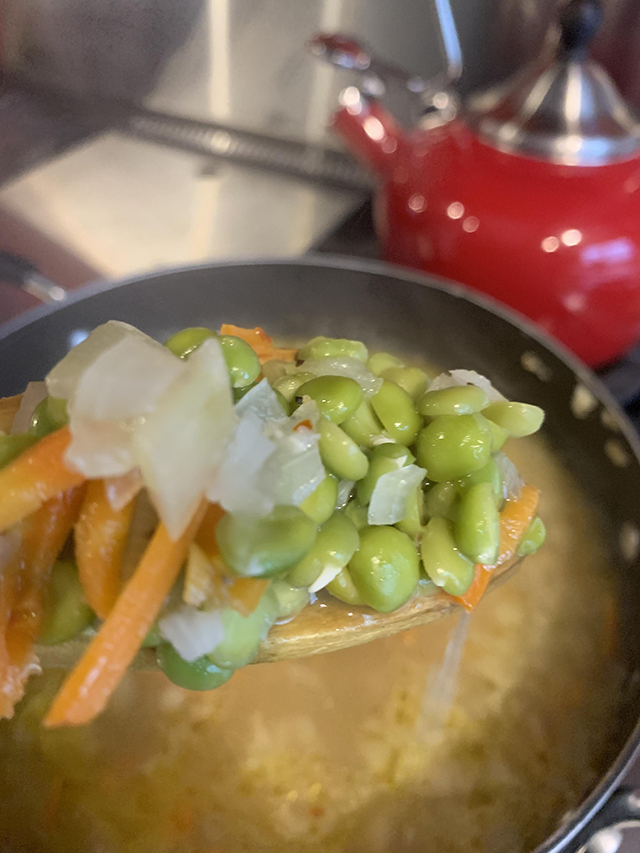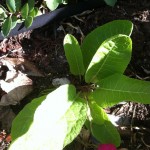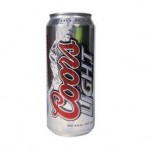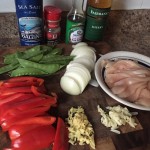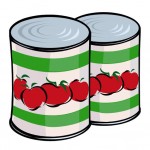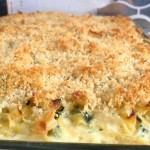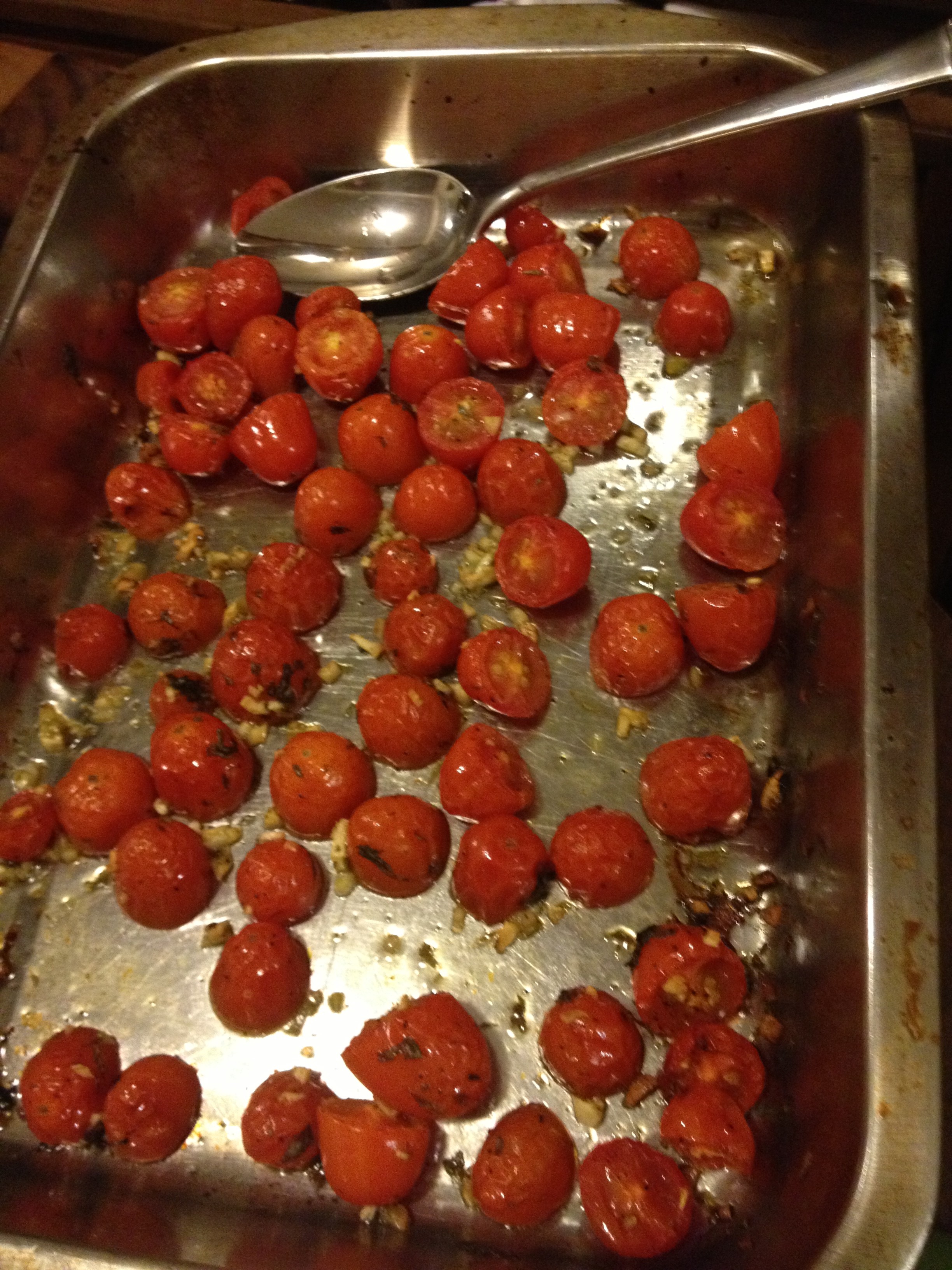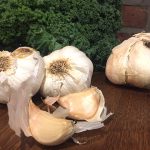It’s true. I started decorating for Christmas inside the house a week before Thanksgiving. Don’t judge! I like to take my time and enjoy the experience. But alas, Christmas traditions never fail and I traditionally have terrible luck with Christmas lights. This year, my indoor tree lights broke. Only half the string would light up. What made this so frustrating was that I bought two new sets only last year. I thought I’d be all good. How do these things break so easily?!
The Grinch in me set in.
I watched a very annoying 20 minute Youtube tutorial on how to fix the broken section but I needed The Light Keeper Pro, apparently. I tried to find it at CVS but they didn’t have it, and on Amazon couldn’t be delivered until Wednesday. I didn’t want to wait that long. The guy in the video went way too far, reviewing the basics on electrical wiring with detailed diagrams. It all seemed so confusing, even if I had the tool. Frustrated and wanting a quick fix, I begrudgingly made a second trip to CVS to buy more tree lights. I bought shorter, 75 bulb strings thinking that maybe less can go wrong! I also got a bottle of red across the street at Ship To Shore Wines. That would no doubt make the process more easy-going and rewire my brain to get into “happy Christmasy mode”.
With wine in hand and the new lights working, my inner Grinch softened. I was back on track for a fun day of holiday cheer, so to speak.
My father taught me how to decorate the Christmas tree. He’s always had a knack for it. On his tree, the lights are always evenly dispersed and the ornaments perfectly placed. As I began decorating my tree I could hear his guidance – put the large ornaments on the bottom and the smaller ones towards the top. Make sure to put some on the inter branches for depth. The ugly ones go in the back!
My father also had a Lionel train set from his childhood. We’d set that up under the tree. It was a lot of work but once complete, it felt like a magical village. I liked playing with the ice skaters. We set them up on a round glass mirror (the ice rink). The figures were made of hand-painted metal. Around all the little houses, the church and fire station we’d put cotton balls making the scene a winter wonderland.
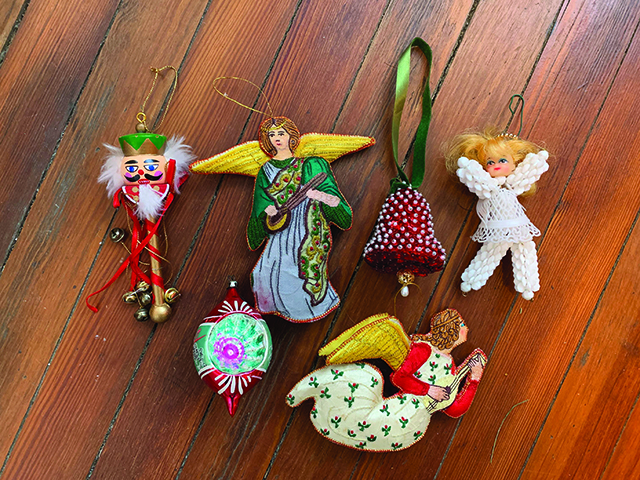
My father gave the train set to my nephew but I’ve been gifted many vintage ornaments. So much detail in those compared to the ones I see on the shelves. I have a wooden soldier on a candy cane stick which is hand-painted. The face it sort of scary looking but that’s what makes it so interesting. He has white hair and a goatee that poofs out from under his green and gold hat. He’s adorned with red ribbons and jingle bells. Another favorite of mine is a stuffed handsewn angel playing a lyre. It’s trimmed in sparkly gold with gold wings. Her dress has poinsettia embroidered on. You can tell it was made with so much care. These among others go front and center on my tree.
There’s more decorating to be done so there may be more columns about Christmas until the big day! I love this time of year!
For more plant talk follow Paula on Instagram @theglorifiedtomato
Previously published in The Wave
by Paula D.
on December 16, 2019 12:28 pm in Holiday
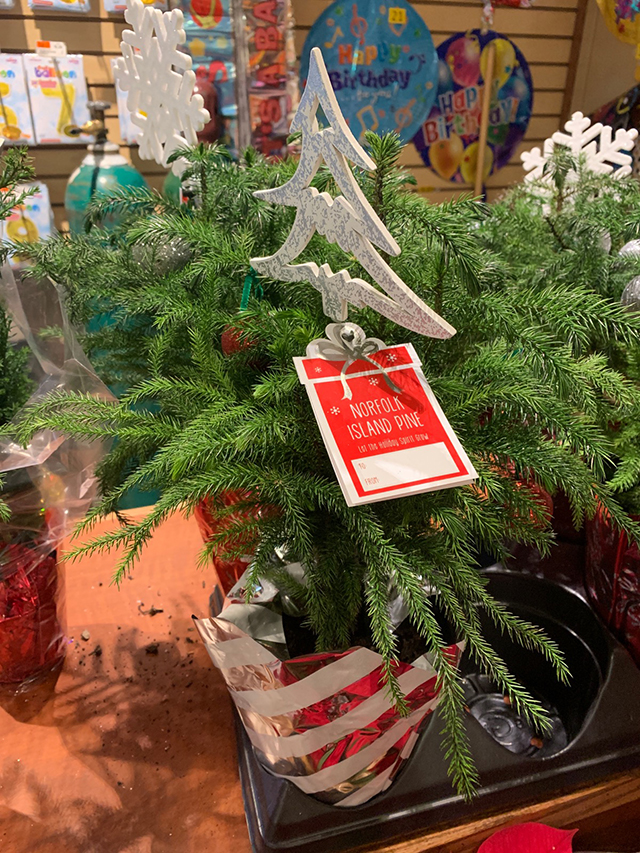 After receiving this plant follow my care instruction in this article. Remove it’s decorations after the holiday to reveal a beautiful living tree in need of your attention.
After receiving this plant follow my care instruction in this article. Remove it’s decorations after the holiday to reveal a beautiful living tree in need of your attention.
Sometime in August I was walking back from the gym when my neighbor Brady called me over. “Hey, you gotta sec?” He runs upstairs and brings down a very sad looking Charlie Brown type tree. “If anyone can save this, it will be you.” I was touched Brady thought of me as a plant healer! On inspection I knew this would be a difficult case. Many fronds were already brown. I was afraid I wouldn’t live up to my plant doctor reputation, but was ready to try.
Brady explained he was given the “Christmas tree” last December and it’s been declining ever since. The plant he’s referring to is called a Norfolk Pine (Araucaria heterophylla). It’s that mini tree decorated for Christmas that you see in the supermarkets everywhere this time of year. And this is where the confusion sets in. It’s not a pine tree, it’s a tropical conifer. The tree is native to the South Pacific, specifically to Norfolk Island off the coast of Australia. In the wild, this evergreen can grow up to 200ft tall. Norforks are not cold-hardy and they need a lot of sun. People get confused understandable since it is disguised as a Christmas tree, so they treat it as such.
By the time the holidays have passed, the tree is usually already in trouble. Often times it’s left outside as decoration or inside away from a strong light source. Adding to the struggle, this is not a plant, it’s a young tree and they’re susceptible to many issues due to their shallow root system.
The Norfolk Pine is stunning. It’s branches are symmetrical forming an octagon shape. The fronds are soft and feathered. New growth is bright green. If you’re gifted this beautiful tree during the holidays here are some care tips.
Place the Norfolk Pine near a sunny, south-facing window. As mentioned, it is tropical. Mist it twice a week. Browning on upper branches is a sign of overwatering, under watering or low humidity. I’ve found mostly the browning is from overwatering. Make sure the top layer of soil is dry before watering again. Repot out of it’s small container and use an equal part mix of peat moss, topsoil and sand. Naturally the tree grows in sandy well-drained soil. You can prune dead branches but unfortunately they will not grow back. The area will remain bare. If you’re tree is thriving, new shoots may appear from the base.
Regrettably for Brady’s Norfolk, we were too late. I’m sorry (and a little embarrassed) to report that I was unsuccessful, despite all of my research and efforts. I spotted the Norfolks in Key Food the other day and had the thought to replace his with an imposter, but my conscience would not allow!
As an aside, 15 years ago my sister gave my mother a tiny Norfolk Pine for her birthday which is Dec 19th (Happy Birthday Mom!). It grew so tall my mother gave it back to Natalie since she has very high ceilings in her living room. The tree is thriving and it’s 10 feet tall! This proves if the conditions are right, the Norfolk will thrive and can be rewarding to care for, not to mention look beautiful in your home.
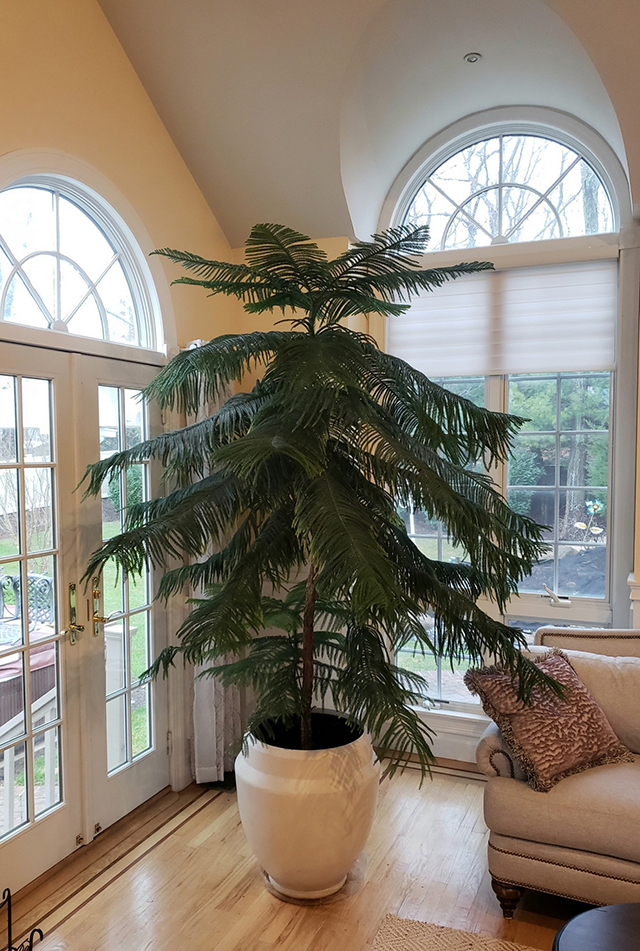 This is my sister Natalie’s Norfolk Pine at a towering 10 feet tall!
This is my sister Natalie’s Norfolk Pine at a towering 10 feet tall!
For more plant talk follow Paula on Instagram @theglorifiedtomato
Previously published in The Wave
by Paula D.
on December 2, 2019 10:03 am in Food / Recipes
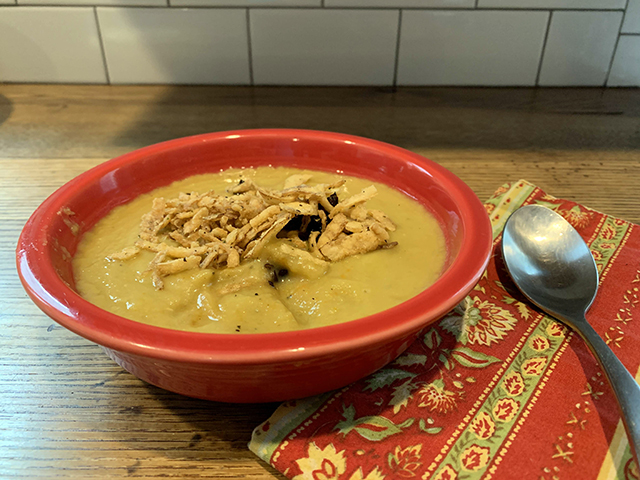
Everyone is talking turkey but I’m talking soup. I’ve been cooking a different soup each Sunday – escarole soup, vegetable soup, french onion soup, lentil soup – Italian style and an Indian curry version. This past week I made split pea soup for the first time. I’m not a big pea person but I wanted to give it a try anyway, to experiment.
Because storage of dried peas is easy and low-cost, many cultures have pea-based soup recipes. The traditional split pea variety originates in the 19th century. Sailors would boil the dried peas and add salted cured pork making for a hearty, warm meal on long voyages. In the United States, pea soup was introduced by French-Canadian millworkers in New England. It was a staple cold-weather meal during the colonial period.
Traditionally, pea soup is made with ham, but mine is vegetarian. I’m almost shocked at how good it tasted! I recommend pureeing the soup for a professional presentation. Also topping with crisped onions then adds another dimension of texture and taste.
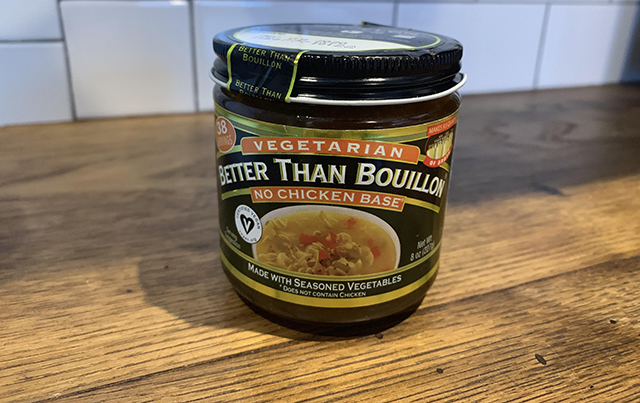
I want to make a special note about the Vegetarian Better Than Bouillon ingredient listed below. This is my secret (not so secret anymore) soup ingredient. It gives a richness that a regular vegetable stock can’t even come close to. It’s a perfect meat substitute, adding the fat that is needed for substance. You can find it in most supermarkets where the other soup stocks are located.
Paula’s Pea Soup
Ingredients for the soup:
12 cups water (give or take)
1 16 oz bag of dried peas
2 large white onions
5 cloves garlic
¼ cup olive oil
½ bag Dole shredded carrots
1 tablespoon Vegetarian Better Than Bouillon jarred stock
Spice to taste: salt, pepper, red pepper flakes, oregano
Soup Directions:
- Dice the garlic and onions.
- In a large pot, heat the oil on medium. Cook the onions and garlic until translucent. Then add the carrots, cooking for 7 minutes on low.
- Add in the water, Vegetarian Better Than Bouillon stock, dried peas and spices. I use a heavy hand for the spices. Bring to a boil and then cover, cooking on low for about an hour. The peas should be mushy.
- Take it a step further and puree the soup.
- Top with crispy fried onions and serve.
Ingredients for crispy onions:
1 large white onion
1 cup canola oil
Salt and pepper to taste
Crispy Onions, Directions:
- Slice the onions into rings
- In a small skillet, heat the oil on high, test the heat by flicking water into the oil. It should pop and sizzle. Add the onions and cook until crispy. This is essential deep frying.
- Remove the crispy onions with a slotted spoon and place on a paper towel to absorb the extra oil. Top the soup and serve. Store the onions in an airtight container.
For more follow me on IG – @theglorifedtomato. Previously published in The Wave Newspaper
I had a plan for last Saturday – clean, then get a jump on some graphic design work, and later, I’d prune the serviceberry tree in my yard (which I was excited to do).
I’m on the porch shaking out the fourier rug when my neighbor calls me over. There was an injured cat. My stomach dropped. I texted my friend for some advice and she gave me a few numbers for emergency care. I passed them along. I continue cleaning but I couldn’t stop thinking about the cat, on the cold cement, unable to move and in pain.
Then I got really annoyed. My whole day was ruined. If I did nothing, I’d be filled with guilt and worrying all day. If I took action, I was claiming responsibility, which meant potential months of fostering, finding a home and vet bills.
A few years back I passed a very skinny, sickly black cat by Key Food on 87th. I could’ve scooped him up easily. I had a crazy busy day and thought “I’ll pass by later and check on him.” I never saw the cat again and that unwillingness on my part still bothers me.
And here I was facing that same choice again. I started calling the local vets, there were no available appointments. I called a bunch of other places on my friend’s recommendation and found Verg Animal Hospital (196 4th Ave, Brooklyn, NY 11217). My neighbors helped get the cat into a carrier and I was off driving to Park Slope before I knew what hit me.
I named him Jet for his all-black coloring. Besides his limp back legs and a few small cuts, he looked well-groomed and well-fed. He was very good and quiet in the car. I tried to comfort him with words he didn’t understand but I hoped it helped ease his discomfort nonetheless.
My mind thought of every possible scenario. I’ll get him scanned for a chip, maybe he’s someone’s cat that got out and was hit by a car. Maybe he was poisoned and has paralysis. It would be hard to adopt-out an adult black cat but I have a network of cat-rescue friends. It will be expensive, I can set up a GoFundMe. I was committed and I felt good about my decision to take action.
Verg is run like a hospital. They took Jet into triage and determined it was not a STAT. “Ok, that’s a good sign.” I thought. But my mood started to change at hour three, I was still waiting. Other emergencies were taken ahead of me. I had anxiety and worry and I didn’t eat at all since running out the door.
Finally, I was called. I was told it was most likely a broken leg and needed surgery. I signed the consent for the cost of painkillers and an X-ray. I waited for another hour or so. It was getting dark, I felt terrible. I was in the twilight zone. I called my cat-rescuer friend for advice. Having someone to talk to about this was comforting.
I was brought back into a room. The doctor showed me the X-rays. I started crying uncontrollably. “So surgery, definitely, right?.” She explained the injuries – a complete femoral fracture, multiple pelvic fractures with a dislocated hip. I was further informed that if surgery (upwards of 10k) worked, Jet would have nerve damage and most likely would not have the function to go to the bathroom. The veterinarian gently told me that euthanasia was the most humane course of action.
I was hysterical at this point.
This was one of the hardest things I faced alone for a long time. I was there when the injections were administered. I wanted to give Jet comfort. I petted him and looked into his eyes.
I don’t know why I became so emotional over a stray cat. I do know that sitting in the waiting room for seven hours under these bizarre circumstances gave me a chance to think. It’s not about a clean house or a head start on my work-load, or other trivial things I think about. None of that matters, I was reminded. And if I’m complacent, what’s the point of it all. I feel like meeting Jet was a blessing, he had a purpose – helping me connect emotionally to what is truly worth caring about.
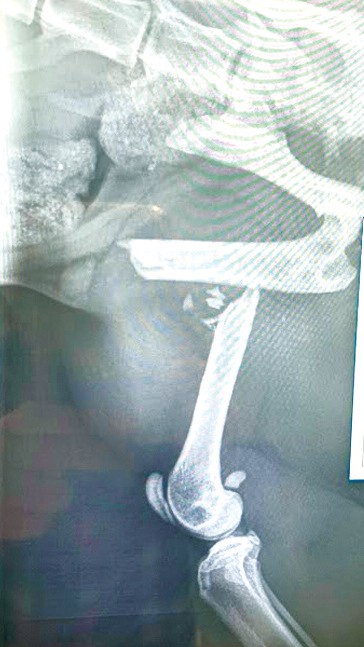
Jet’s broken femur
Previously published in The Wave.








